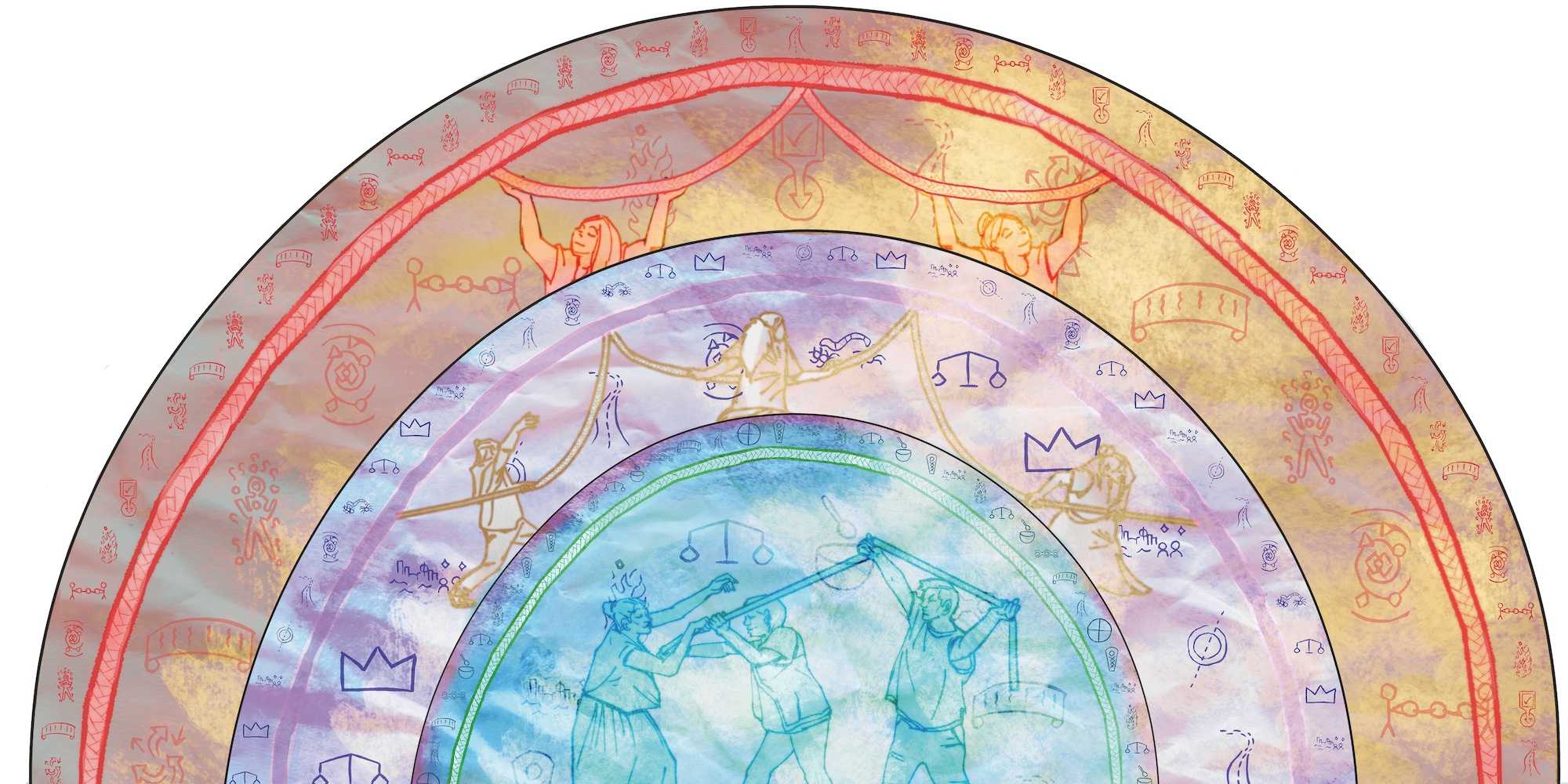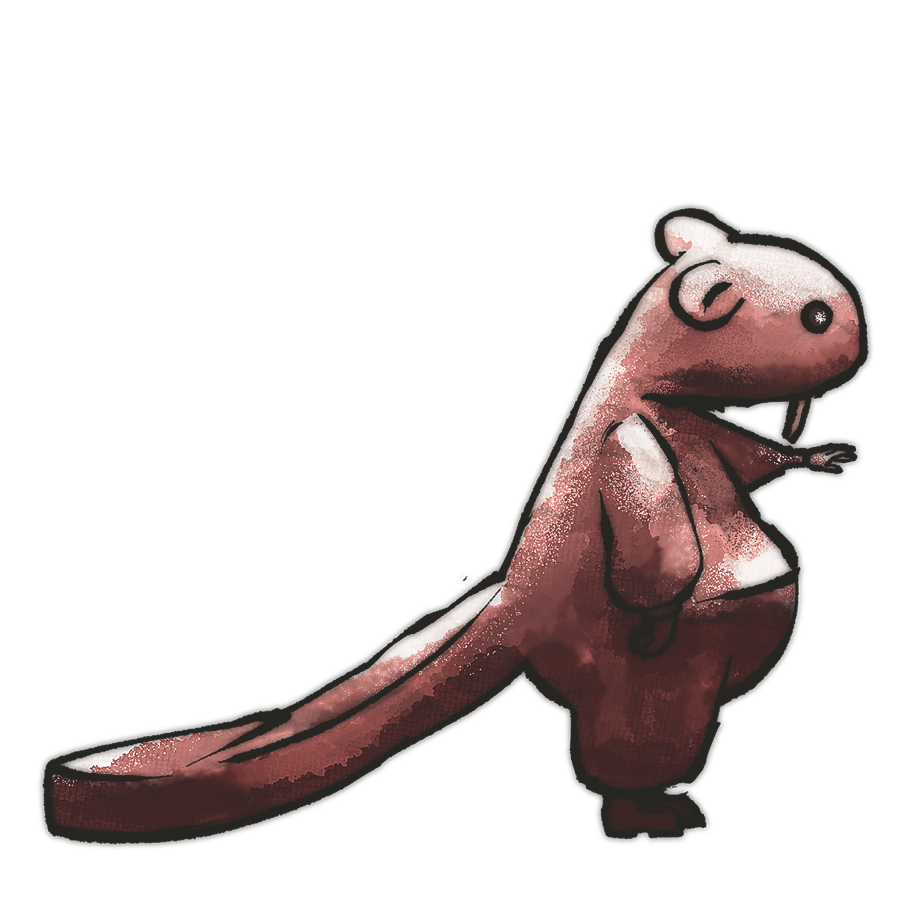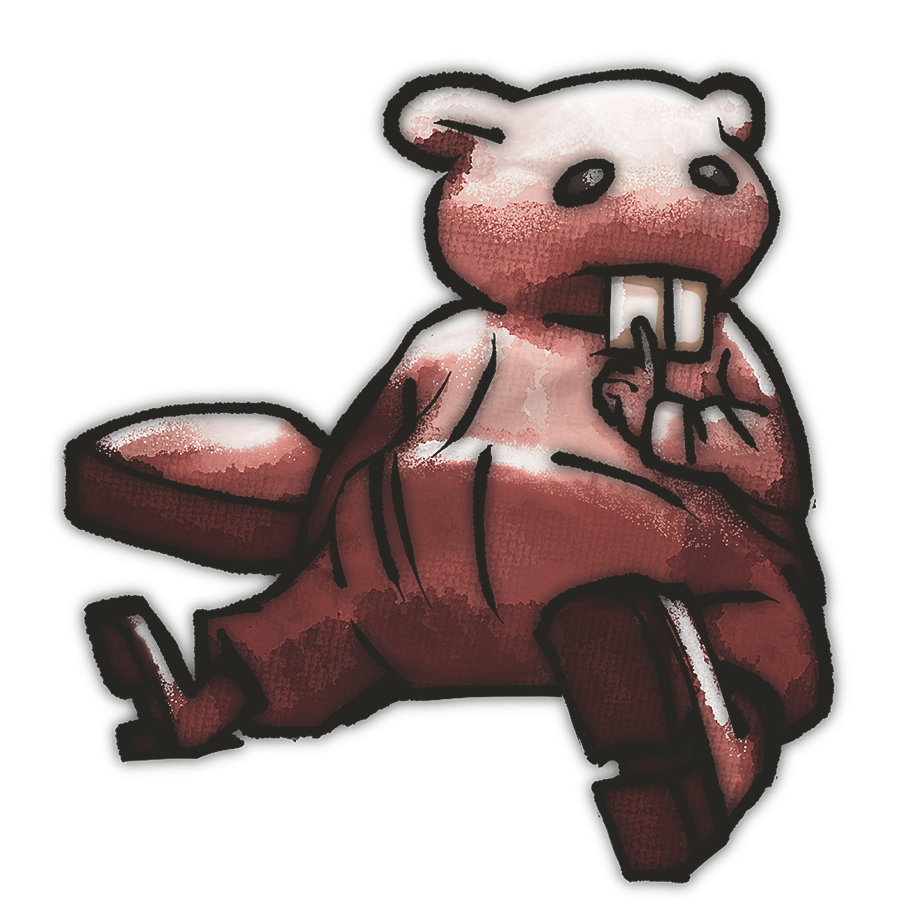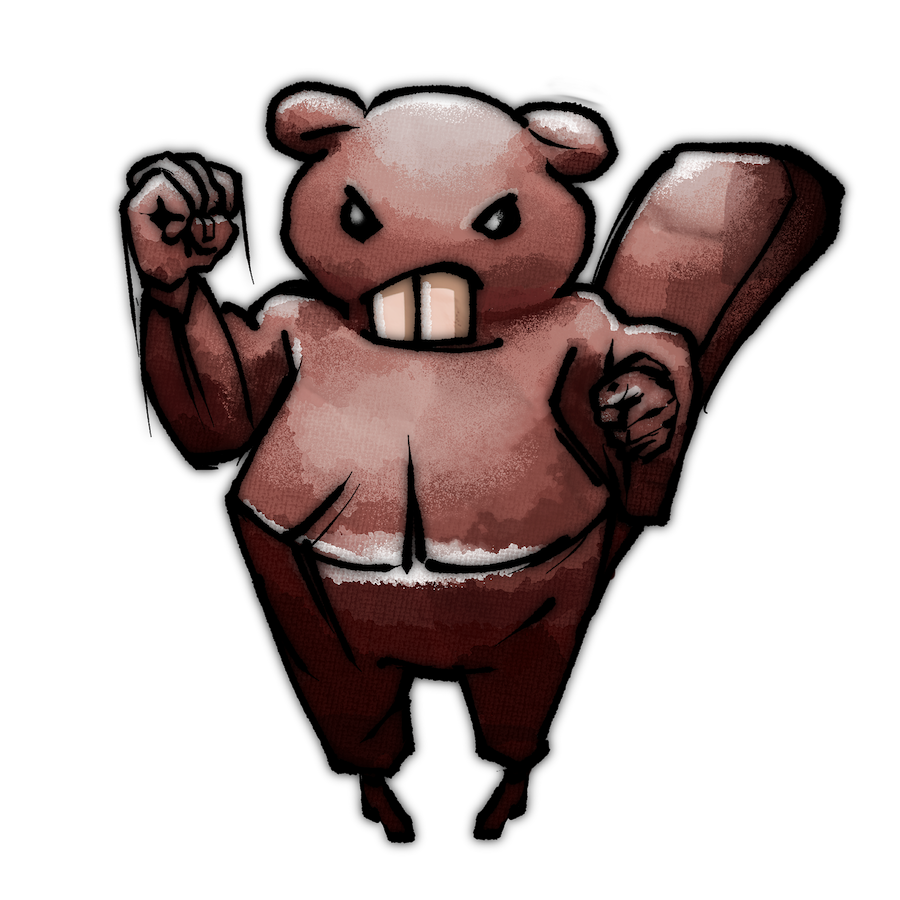ACTIVITIES: TODAY & FOR THE FUTURE


Activity: Seven Generations
Map a timeline of your ancestors and future generations
Make a representation of seven lifetimes. This can be in any graphic form you choose. How do you represent the linkages through time?
Place yourself in the centre. If you have children, place them ahead of you. If you do not, place children you might have influenced. Behind you, place your parents. If you don’t know your parents, place people who have influenced you. On both ends, add your real or imagined grandparents and your real grandchildren or children of the future.
In this activity, we encourage you to think about how your action or nonaction on treaties expresses love. Some Indigenous Elders and researchers have proposed that love – for land, for people, for nonhuman beings – should be the guiding principle for our actions. Do your actions reflect the best of what your ancestors passed on to you? Are you taking good care of future generations?
Activity: Personal Cosmography
Chart your ancestors’ stars

According to Anishinaabe cosmology, stars are the ancestors of those who live today. These ancient far-seeing bodies orient us spatially (as we move across the lands and waters) and temporally (as we prepare for seasonal changes). Hence, we invite you to think of each ancestor or living relative represented on your map as a star travelling in its orbit.
Draw or download a map of the world. On your map, chart your ancestors’ crossings, following the bloodlines to find yourselves in your current home.
Mark each star’s place of beginning on your map. Indicating the origins of your parents, grandparents, and caregivers. Once you have done this, begin to connect them, tracking, for instance, your great-grandfather’s journey to meet your great-grandmother, or your mother’s journey to meet your father. In this way, you will be mapping out the pathways taken by these star relations and the collisions and convergences that occurred to make a way for your own emergence in this time and place.
Consider the pattern that emerges. Consider its shape, its character. This is the constellation of which you are a part. Name this constellation in accordance with its character, its shape, its path.
As you share with others, reflect together on the relationships represented within these terrestrial “star maps.” Remember the crossings and waterways that have brought us all together in this moment.
Consider your personal responsibilities to the ancient treaties.
When treaties are violated, how might you as a treaty person intervene and fulfill your own responsibility to uphold treaty? There are numerous ways to hold governments to account, to honour existing treaties, and to renew the relationships that are the foundation for life together on this territory. We can’t tell you what to do or endorse one strategy over another, but we do offer a brief selection of tactics and tools that are currently available or that have been used recently in Toronto, in Canada, and, in a few cases, around the world. Ours is by no means a complete list. We hope these actions and new tools will inspire you to think creatively and develop your own actions.
As the historical record demonstrates, treaty compliance cannot be left to governments: broad citizen support and vigilance by Indigenous Peoples and their allies is necessary to ensure that the true spirit and intent of treaties is honoured over time.
Where do we see broad-based alliances to honour treaties? Where do we see broad-based alliances to recognize Indigenous jurisdiction and make room for sacred stewardship responsibilities and land-based practices? What initiatives are bringing minds together to create a deeper, more inclusive knowledge of difficult historical truths and current treaty obligations. What initiatives are developing broadly supported solutions to remediate the fraught relations between Indigenous Peoples and Canadians (or Torontonians)?
Drawing on the work you’ve done on your personal cosmography and what you’ve learned about both historical and current treaty violations (including assaults on the environment), consider the treaty responsibilities you have identified. Reflect on your personal responsibilities to the ancient treaties between human and other life forms and to the historical treaties you have encountered thus far.
Activity: Recent Actions
Gather and research recent Indigenous resistance movements in the Toronto region
Generate lists of recent and ongoing actions. No action can be too small for the list. List both personal interventions and mass mobilizations, social movements, and grassroots actions.
Here are some actions to start:
- Caledonia occupation, 2006
- Teepee at Queen’s Park, 2007
- Native Peoples’ Caravan, 1974
- Idle No More, 2012–
- Re-Sistering Garden at the Humber River, 2019–.
What alliances have these actions generated within social movements? Where can we see allied strategy? Consider allied causes such as food sovereignty, union organizing, Black Lives Matter, Sisters in Spirit, Every Child Matters, climate strikes, calls for affordable housing, and so on. What other prospective alliances can you envision?
Activity: Who Is at the Table?
Illustrate an alternative governing body

What does community-derived consent look like in Toronto? Who needs to be at the table? On a piece of paper, draw a table in the centre and place an issue on the table, as a symbol. Add a series of three concentric circles around the table.
In the circle closest to the table, add seats for present-day decision makers. Who currently makes the choices about the issue? Who is already there?
In the next circle, add seats for the leaders who should be present. Who needs to be consulted in your community? Identify who you would like to be at the table: community stakeholders, community organizations, grassroots initiatives, and individuals.
In the largest circle, add more seats. Who are we not asking? Who should be there but isn’t? Who do you want to ask who are not leaders? Who are the future leaders who should be present? Add representation outside of the age and experience range normally consulted.
Study your table and turn the page. Redesign your table and reconfigure your seating arrangement. Determine who you would like to be at your new table.
Activity: Advocate on Behalf of a Nonhuman Relation
Advocate on behalf of a nonhuman relation and make a pact with them

Are there treaties Indigenous Peoples have made with the trees, animals, plants, fish, birds, insects, mushroom life, or rock life that we should know about? How do Indigenous land defenders uphold these relationships?
What do you find yourself advocating for? Choose a nonhuman relation in the region: an animal, plant, or spiritual entity. Did you keep drawing fish in your companion guide? What next steps can you make to advocate for the fish in Toronto? Be radical in your proposals. Challenge yourself to imagine even seemingly absurd options. Find some humour in your radical thoughts.
Choose a specific animal to speak to, whether or not you meet in person. With full respect for the autonomy and agency of each being, ask what set of guidelines should be in place for them to live their best life. What promises of fair compensation or protection from frauds and abuses can you make? What will you tell them will happen to those who breach these rules? Thinking generations ahead, what will be the consequences to our children and grandchildren if we breach our agreement?
What Indigenous-led actions promoting good stewardship resonate with you? Consider how you can ally yourself with those land defenders. How can you learn, support, and ally with these actions? Suggest ways for your friends to speak up, act up, or show up for the cause that resonates with you in this moment. Urge the government to aid your allies in need.
Activity: A Good Choice
Interpret images of “A feeling after making a good choice

Choose a symbol from your own drawings or the ones provided in the guide to respond to the prompt “A feeling after making a good choice.” Take care to copy this visual neatly into your companion guide or on a separate piece of paper.
Come together in a circle. Each participant will present their symbol without words. After the first person presents, the other participants will speak aloud their interpretation of the symbol. The person presenting will take notes for their own image, gathering a collection of interpretations. Continue until everyone’s symbols are interpreted.
From these interpretations, consider what is needed to make good choices for Toronto. Share your thoughts with the circle, one after another, limiting your ideas to a word or two, generating a short, tangential thought trail. Don’t preplan or overthink your responses.
Use a phone to record everything. Listen and transcribe any striking combinations or phrases.
